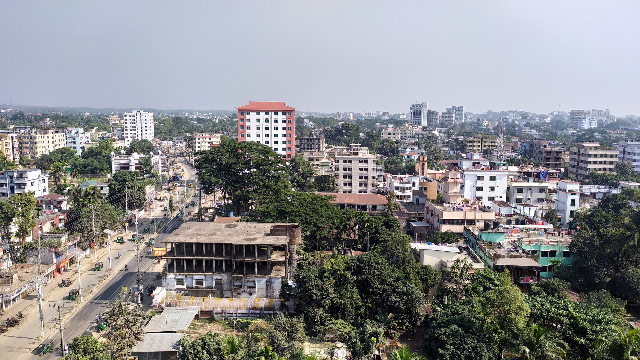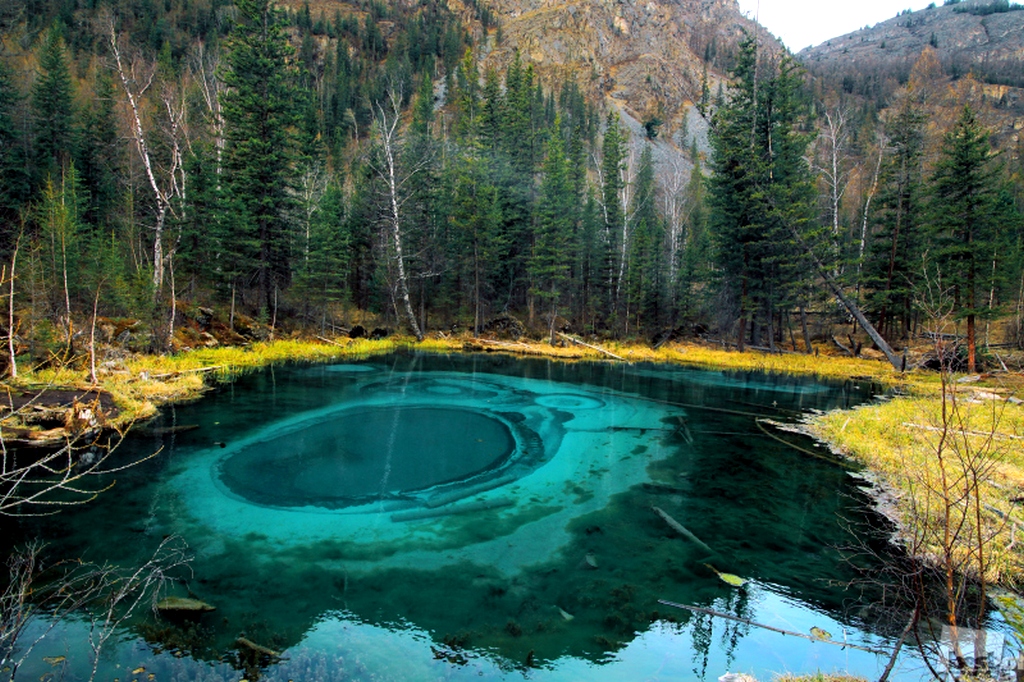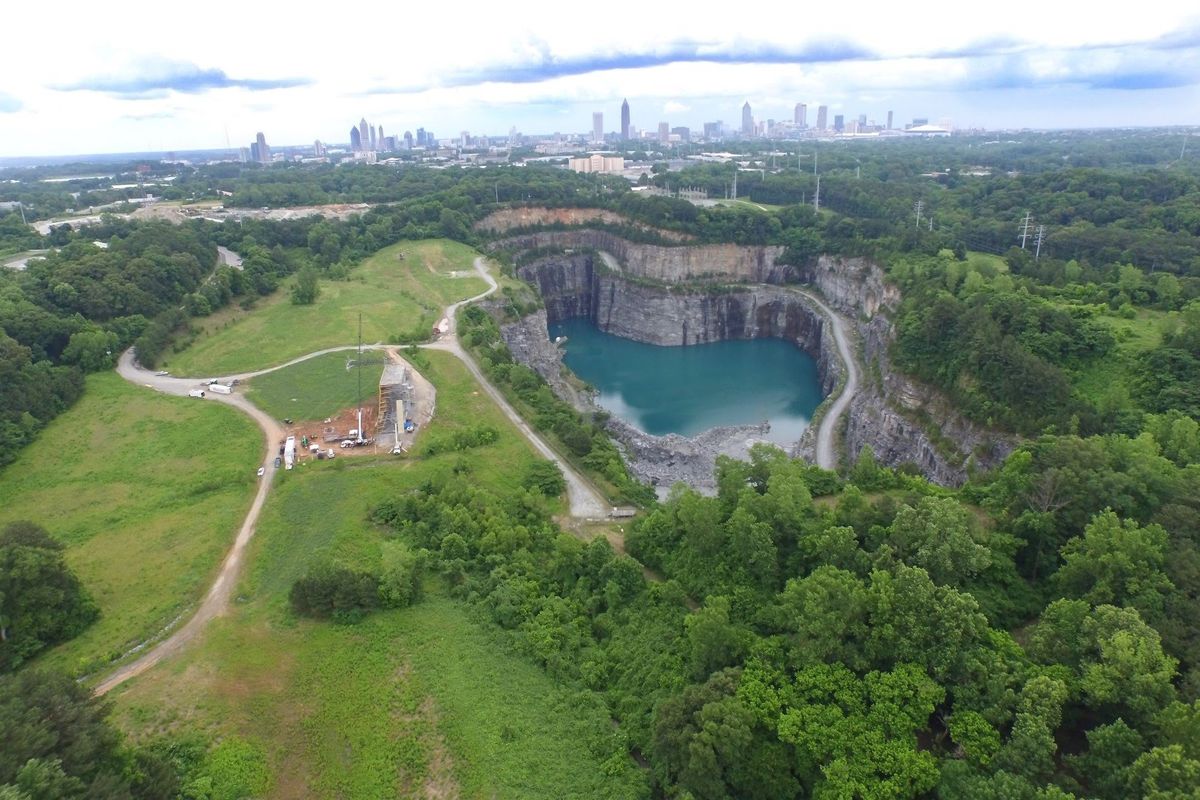Tucked away in the serene Surma Valley, surrounded by the enchanting tea plantations and verdant tropical forests, Greater Sylhet stands as a jewel in Bangladesh’s crown of tourist attractions. This idyllic region, nestled between the Khasia and Jaintia hills to the north and the Tripura hills to the south, offers a delightful break from the flat landscapes typical of the region. The area is celebrated for its terraced tea gardens that cascade down the rolling hillsides, the vibrant countryside, and a rich tapestry of exotic flora and fauna. Sylhet is not just a visual treat but also a haven for nature enthusiasts, where the dense tropical forests are home to diverse wildlife species and fill the air with their intoxicating scent, complementing the cultural richness epitomized by the Mainpuri Tribal maidens, renowned for their captivating traditional dances.
The heart of the Sylhet valley is the mesmerizing duo of rivers – the Surma and the Kushiara, both nourished by countless streams flowing from the northern and southern hills. The landscape is dotted with numerous haors, large natural depressions that undergo a remarkable transformation with the seasons. In winter, these haors present themselves as vast expanses of verdant land, while the monsoon season turns them into turbulent, expansive bodies of water. These haors are not just geographical features but also sanctuaries for millions of migratory birds. These winged visitors embark on an awe-inspiring journey from Siberia, across the Himalayas, to escape the harsh Siberian winter, making the haors of Sylhet their temporary abode.
Sylhet’s history is as fascinating and diverse as its landscape. Before the advent of Islam, the region was governed by local chieftains. In a significant historical turn in 1303, the revered saint Hazrat Shah Jalal journeyed from Delhi to Sylhet with 360 disciples, intent on spreading the teachings of Islam. The ensuing defeat of Raja Gour Gobinda was a pivotal moment in the region’s history, transforming Sylhet into a land of saints and shrines, inhabited by a population both bold and resilient. The region’s rich resources didn’t just attract spiritual seekers; in the 18th century, Englishmen, drawn by its potential, established their fortunes through tea plantations.
Around 80 kilometers from the town of Sylhet, connected by road and rail, lies Srimangal, fondly referred to as the tea capital of Bangladesh. Here, the landscape is a picturesque scene straight out of a postcard, with sprawling tea gardens that seem to stretch endlessly, adorning the plains and hills alike. A visit to these tea plantations is not just a trip; it’s an experience, an immersion into the heart of Bangladesh’s tea culture. Sylhet, renowned as the tea granary of the nation, boasts not only over 150 tea gardens but also lays claim to three of the world’s largest tea gardens in both area and production.
In summary, Sylhet, with its breathtaking natural beauty, rich cultural heritage, and historical significance, offers an unforgettable experience to every visitor. From the aromatic tea gardens to the historical shrines, every aspect of Sylhet contributes to its reputation as a must-visit destination in Bangladesh.













